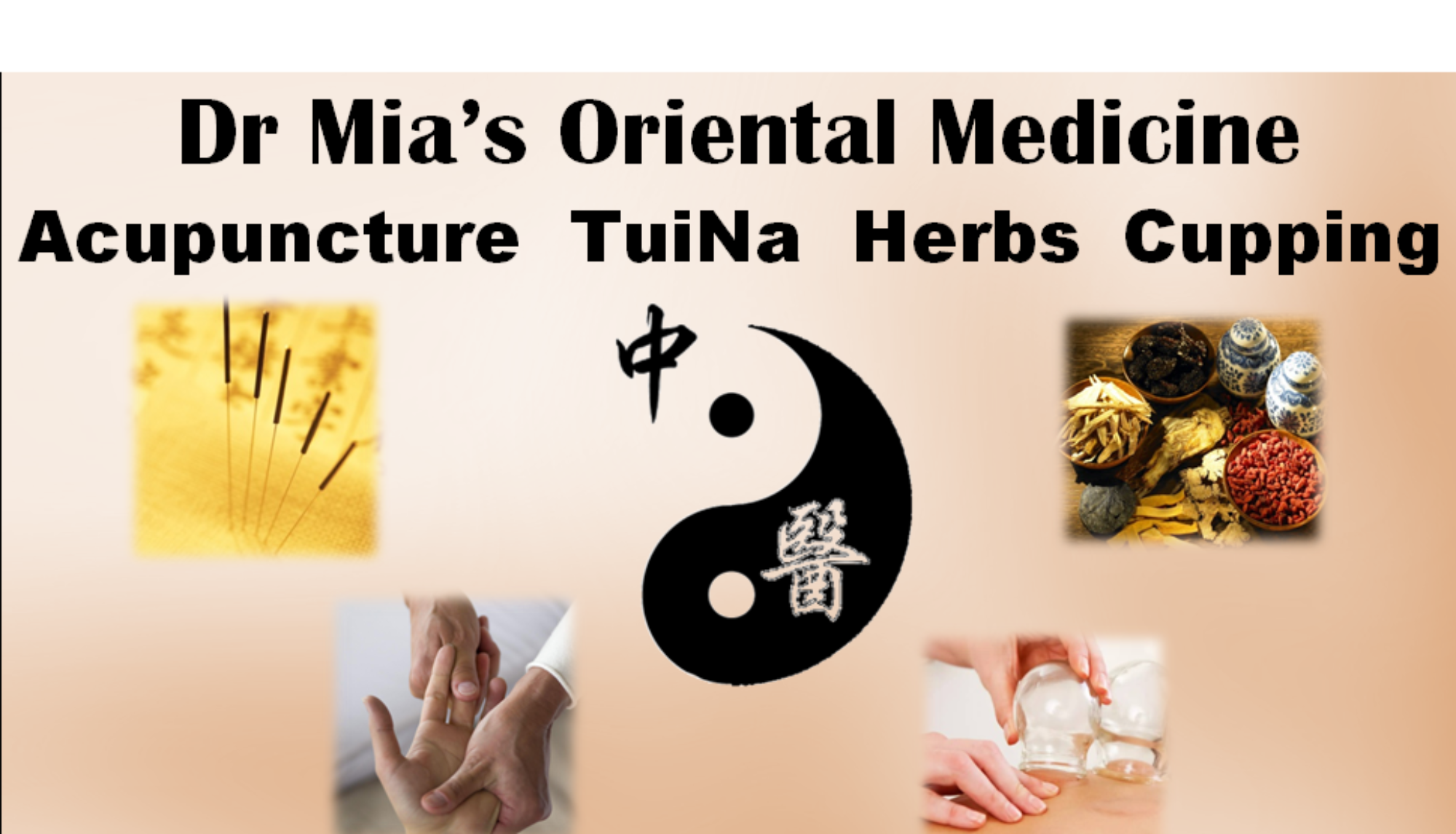Five Shu Points Theory and Applications
- Some styles of acupuncture, such as Worsley (or Classical) Five Element, Japanese Five Phase, and even some branches of TCM utilize the five element theory and acupuncture points more extensively than others.
- The Yin Shu Stream Points are also the Yuan Source points, so they carry a role in tonifying the Yin organs which may or may not be related to their role as Shu Stream points in treating heaviness of the body.
- Jing-well Points – (Details)
- Where the Qi of the Channel emerges and begins moving towards the trunk of the body
- Located on the tips of the fingers and toes
- Actions & Effects
- Restores consciousness
- Clears Heat & Stagnation from the opposite end of the channel
- Calms the Spirit (Shen)
- Treats fullness below the Heart
- Ying-spring Points – (Details)
- Where the Qi of the Channel trickles
- Located just proximal to the Jing-well points
- Actions & Effects
- Clears heat from the meridian/organ
- Effect on the opposite end of the channel (less than Jing-well)
- Clears Heat over the entire course of the channel (Jing-well works on the distal end)
- Shu-stream Points – (Details)
- Where the Qi of the Channel begins to pour
- Located at or near the joints of the extremities (i.e. ankles & wrists)
- On the Yin Channels Shu-stream points are identical to the Yuan-source points (important for tonifying and regulating their pertaining organs)
- Actions & Effects
- Heaviness a/or pain of the joints
- Combine with the Ying-spring Points to treat the Yin organs
- Yang Shu-stream Points useful for channel stagnation
- Ling Shu ch. 44 states that they are useful for diseases which come and go
- Jing-river Points – (Details)
- Where the Qi of the Channel begins to flow more heavily
- Located on the forearm and lower leg
- Actions & Effects
- Cough, Fever & Chills – External pathogenic factors
- Disorders of the local tissues (muscles, tendons, bones, joints)
- Diseases manifesting in the voice
- He-sea Points – (Details)
- Where the Qi of the Channel enters a deeper level to communicate with its pertaining organ
- Located at or near the elbows and knees
- Actions & Effects
- Counterflow Qi, diarrhea, skin diseases (mainly hot)
- Issues with the Yang Organs and Channels
- Treats the Fu (hollow organs)
Five Shu Points Chart
| Yin | Jing | Ying | Shu | Jing | He |
| LU | 11 | 10 | 9 | 8 | 5 |
| PC | 9 | 8 | 7 | 5 | 3 |
| HT | 9 | 8 | 7 | 4 | 3 |
| SP | 1 | 2 | 3 | 5 | 9 |
| LR | 1 | 2 | 3 | 4 | 8 |
| KI | 1 | 2 | 3 | 7 | 10 |
| Yang | |||||
| LI | 1 | 2 | 3 | 5 | 11 |
| SJ | 1 | 2 | 3 | 6 | 10 |
| SI | 1 | 2 | 3 | 5 | 8 |
| ST | 45 | 44 | 43 | 41 | 36 |
| GB | 44 | 43 | 41 | 38 | 34 |
| UB | 67 | 66 | 65 | 60 | 40 |
Mother Child Points Theory and Applications
- Within five element theory the “creation” cycle is the circular flow of relationships from one element to the next. Fire –> Earth –> Metal –> Water –> Wood –> Fire. Within the creation cycle the “mother” is the preceding element and the “child” is the following element. For example, Fire is the mother of earth and the child of wood.
- The Mother – Child law states that in cases of a deficiency you tonify the mother and in cases of excess you sedate the child. For example, frequent urination can be a sign of Kidney (water) deficiency, so you would tonify the metal point on the Kidney meridian (KD 7).
- While the theory many times correlates to the common clinical usage of acupuncture points, some of the points that the theory would select do not work the way that the theory would predict. Some examples are:
- HT 9 & PC 9 – are most often used to clear heat.
- SI 3 & SI 8 – reduce heat, pain and stagnation but provide no tonifying effect.
- LI 11 – is typically dispersed to clear heat.
- TH 3 – has no tonification effects.
- ST 41 – is typically used to disperse fever a/or reduce abdominal distention, although it can be as a local point in a tonifying manner to increase energy flow to the foot.
- SP 2 – is not the most tonifying point on the SP meridian – SP 3 is a better choice.
- UB 67 – dispersive point for acute conditions.
- GB 43 & GB 38 – are both used to clear heat.
Mother Child Points Chart
| Mother | Child | |
| LU | 9 | 5 |
| LI | 11 | 2 |
| ST | 41 | 45 |
| SP | 2 | 5 |
| HT | 9 | 7 |
| SI | 3 | 8 |
| UB | 67 | 65 |
| KI | 7 | 1 |
| PC | 9 | 7 |
| SJ | 3 | 10 |
| GB | 43 | 38 |
| LR | 8 | 2 |

